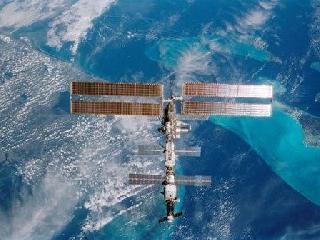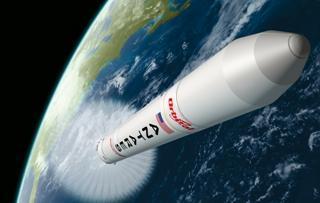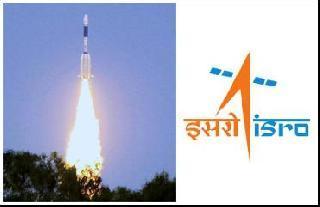
The International Space Station. A NASA photo.
MOFFETT FIELD, U S (AP): NASA is preparing to launch a 3-D printer into space next year, a toaster-sized game changer that greatly reduces the need for astronauts to load up with every tool, spare part or supply they might ever need.
The printers would serve as a flying factory of infinite designs, creating objects by extruding layer upon layer of plastic from long strands coiled around large spools. Doctors use them to make replacement joints and artists use them to build exquisite jewellery.
In NASA labs, engineers are 3-D printing small satellites that could shoot out of the Space Station and transmit data to earth, as well as replacement parts and rocket pieces that can survive extreme temperatures.
"Any time we realize we can 3-D print something in space, it's like Christmas," said inventor Andrew Filo, who is consulting with NASA on the project. "You can get rid of concepts like rationing, scarce or irreplaceable."
The spools of plastic could eventually replace racks of extra instruments and hardware, although the upcoming mission is just a demonstration printing job.
"If you want to be adaptable, you have to be able to design and manufacture on the fly, and that's where 3-D printing in space comes in," said Dave Korsmeyer, director of engineering at NASA's Ames Research Center at Moffett Field, about 55 kilometres south of San Francisco.
For the first 3-D printer in space test slated for fall 2014, NASA had more than a dozen machines to choose from, ranging from USD 300 desktop models to USD 500,000 warehouse builders.
All of them, however, were built for use on Earth, and space travel presented challenges, from the loads and vibrations of launch to the stresses of working in orbit, including microgravity, differing air pressures, limited power and variable temperatures.
As a result, NASA hired Silicon Valley startup Made in Space to build something entirely new.
"Imagine an astronaut needing to make a life-or-death repair on the International Space Station," said Aaron Kemmer, CEO of Made In Space.
"Rather than hoping that the necessary parts and tools are on the station already, what if the parts could be 3-D printed when they needed them?"
When staffing his start up in 2010, Kemmer and his partners warned engineers there would be ups and downs, nauseating ones. In more than a dozen flights in NASA's "vomit comet" reduced-gravity aircraft, Made In Space scientists tested printer after printer.
 Previous Article
Previous Article Next Article
Next Article












The Indian Air Force, in its flight trials evaluation report submitted before the Defence Ministry l..
view articleAn insight into the Medium Multi-Role Combat Aircraft competition...
view articleSky enthusiasts can now spot the International Space Station (ISS) commanded by Indian-American astr..
view article